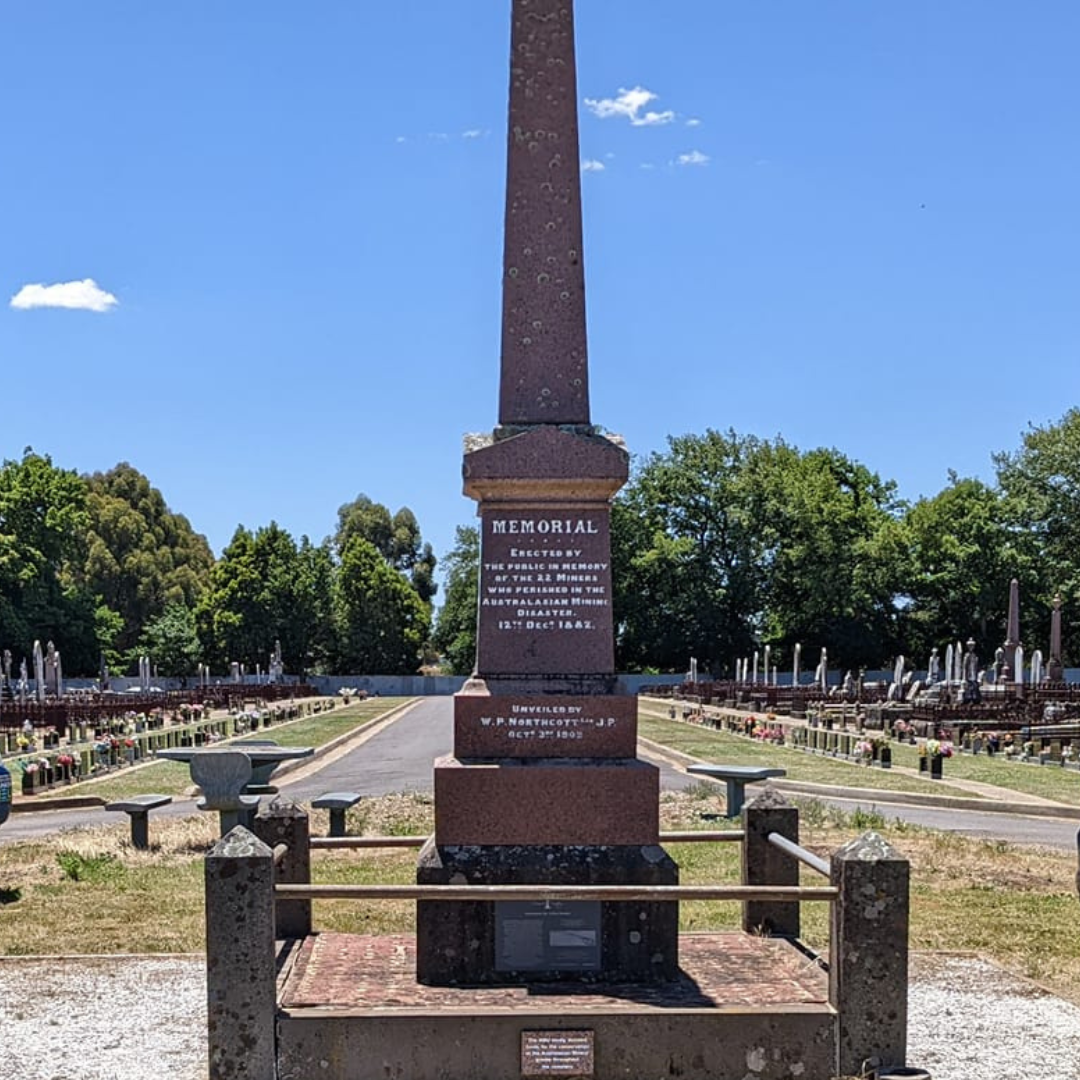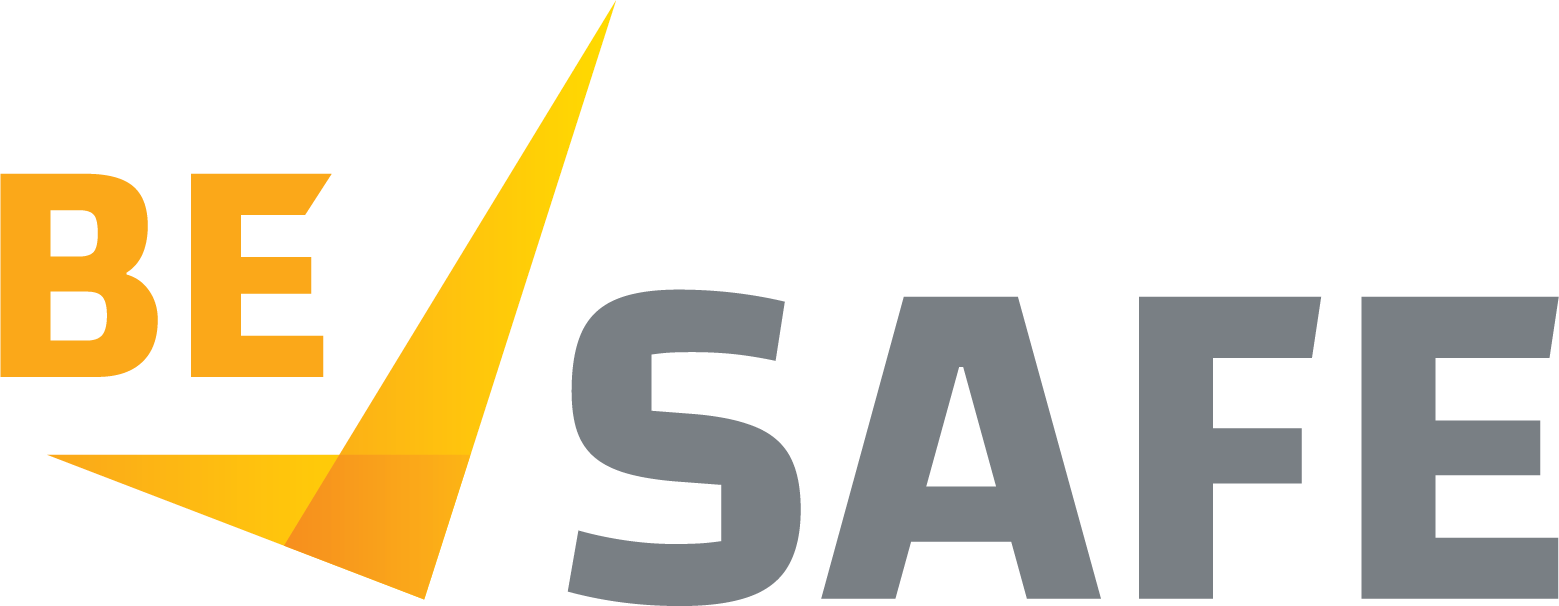Could youth education be the key to driving social change in workplace safety?
This is a subtitle for your new post
Education is a cornerstone of societal development, and when it comes to driving social change, youth education holds unparalleled potential. It is no secret that our young people can motivate social change – one only needs to look to young climate activists for an example here.
By equipping young minds with knowledge, skills, and values, we can foster a generation capable of addressing the challenges of today and shaping a better tomorrow. How can this potential be harnessed in fostering a ‘better tomorrow’ for safety in our workplaces?
First, what does the Victorian Occupational Health and Safety (OHS) Act 2004 say about education?
1. Employer Responsibilities: Employers are required to provide necessary information, instruction, training, and supervision to employees to ensure their health and safety at work.
- Employee Rights: Employees have the right to receive adequate training to perform their tasks safely. They should be informed about the risks associated with their work and the measures in place to mitigate those risks.
- Health and Safety Representatives (HSRs): Elected HSRs are entitled to receive training to effectively represent their colleagues on health and safety matters. This training helps HSRs understand their roles and responsibilities, enabling them to advocate for safer working conditions.
So, if our legislation already requires training, instruction and supervision – then why aren’t we seeing better safety outcomes in our workplaces?
Rules are one thing, but knowledge of the legislation throughout our working community is lacking.
Perhaps we need to lift the baseline OHS literacy throughout the community?
Maybe, we need to harness the greatest driver of social change… knowledge. In particular, within the cohort who will be workers of tomorrow – our young people.
Youth education could serve as a powerful catalyst for social change by:
1. Creating early Awareness and Shaping Habits
Introducing safety education at a young age helps instil important habits and attitudes towards safety. When young people learn about the importance of safety protocols and risk management early on, they carry these lessons into their future workplaces. This early awareness can lead to a generation of workers who are more conscientious about safety and proactive in identifying and mitigating hazards.
2. Empowering Young Workers
Youth education empowers young workers by providing them with the knowledge and skills needed to protect themselves and their colleagues. When young people enter the workforce with a solid understanding of OHS, they are better equipped to advocate for safe practices and contribute to a culture of safety – both within their workplaces and in society more generally. Furthermore, these young people will be the future leaders in our workplaces, who will lead with OHS at the forefront of their decision making.
3. Promoting a Safety-First Mindset
Education plays a crucial role in promoting a safety-first mindset. By integrating safety education into school curricula and vocational training programs, we can ensure that safety becomes a core value for future workers. This cultural shift is essential for creating workplaces where safety is prioritised and embedded in everyday operations.
4. Encouraging Innovation in Safety Practices
Educated youth are more likely to engage in innovative thinking and problem-solving. By building an OHS knowledge-base, coupled with encouraging creativity and critical thinking, we can inspire young people to develop new safety measures and technologies. This innovation can lead to the adoption of best practices and the implementation of cutting-edge safety solutions, further enhancing workplace safety into the future.
5. Building a Culture of Continuous Improvement
Youth education promotes a culture of continuous improvement in workplace safety. As a new wave of young people entered the workforce, they would bring with them an unprecedented level of OHS understanding. As a consequence, they would influence the existing workers by bringing with them knowledge of the latest in safety standards and practices. Thus contributing to a process of continuous improvement, ensuring that safety remains a dynamic and evolving aspect of workplace culture.
Youth education is a powerful tool for driving social change, and this could include in the realm of workplace safety. By instilling safety awareness and practices in young people, we could create a future workforce which prioritises health and safety, leading to safer work environments and a culture of prevention.
In time, our youth could become leaders who possess a comprehensive understanding of OHS and the motivation to genuinely prioritise workplace safety. Imagine the culture in a workplace where the workforce had been saturated with OHS knowledge and where the leaders really knew and understood the importance of OHS – something unimaginable in most of today’s workplaces.
Youth OHS education could transform the way future generations approach safety.




